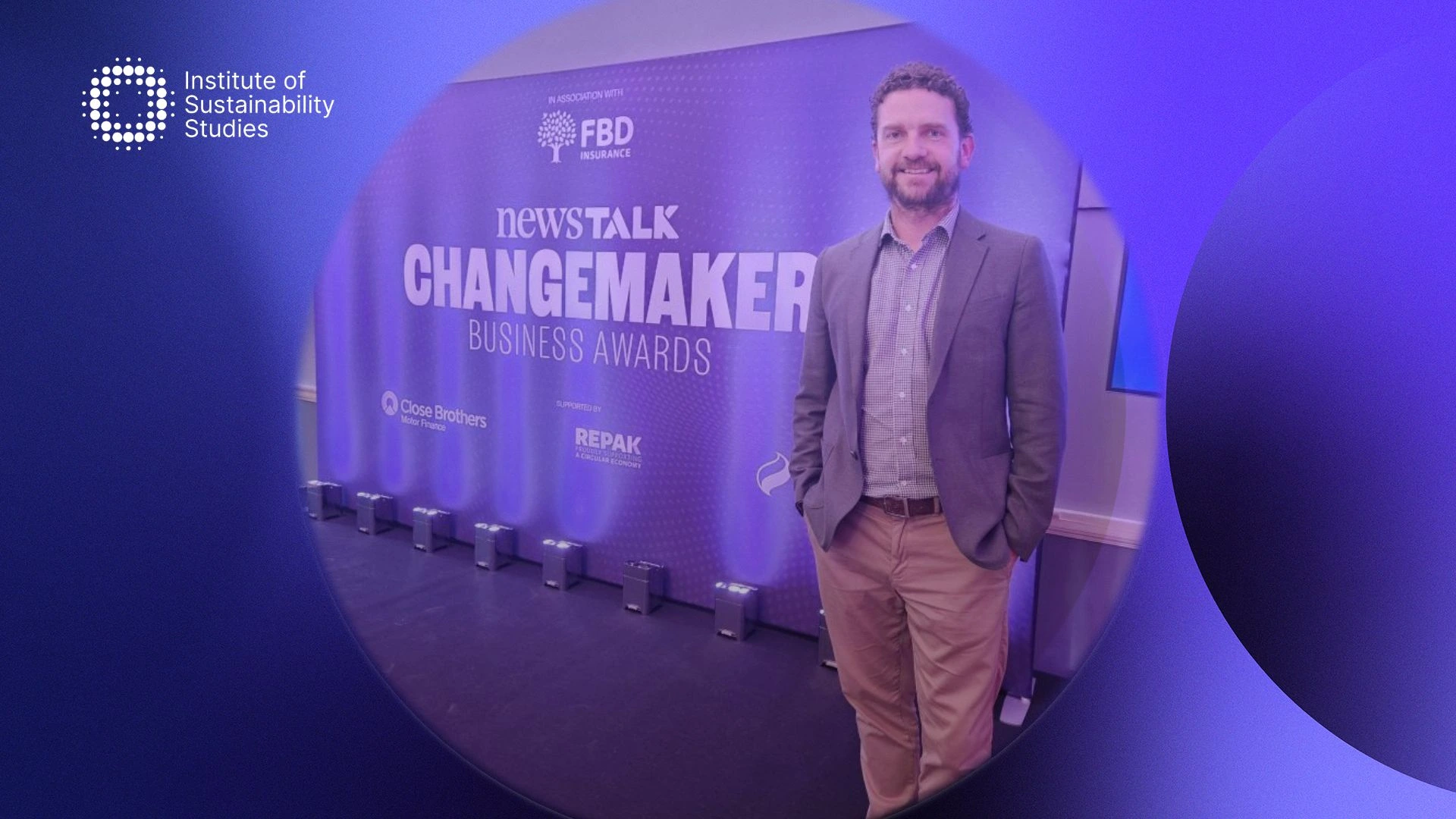An independent study commissioned by SmartestEnergy revealed that customers favour brands that are committed to environmental sustainability. While this is excellent news to drive sustainable development, it also means that more brands are engaging in greenwashing.
Greenwashing is not a new practice, but it has become increasingly prominent over the last number of years. Terms like ‘eco-friendly’ and ‘sustainable’ are being plastered on product lines with no further information to back up the claims. This practice is misleading to consumers and also has huge risks for businesses.
Moreover, no genuine environmental action is taking place. Continue reading to learn about greenwashing, how it works, and some examples of brands who have made headlines for engaging in this deceitful marketing tactic.
What is greenwashing?
Greenwashing has become a hot topic in the past number of years as people have become increasingly invested in brands that care about the planet. For those unfamiliar, greenwashing refers to the practice of conveying a false impression or putting out misleading information in relation to how eco-friendly a business’s products are.
The idea behind greenwashing is that unsubstantiated claims are placed on products to deceive consumers and make them believe that the businesses’ products are sustainable. They may claim their products are made from recycled materials when in reality, the product is not, or it is made from a very small percentage of these materials.
The term was first coined by an environmentalist, Jay Westerveld, in 1986 when he shared common practices whereby hotels were asking guests to reuse their towels to help save energy. He claimed these hotels did very little to actually help the planet and that this was a typical example of greenwashing.
It’s also important to note that greenwashing is not always an entirely false claim. It can also be a claim that is not entirely accurate. In other words, there may be some truth to the statement, but it is still not the full picture. In 2021, the European Commission reported that they discovered that 42% of sustainable claims made by companies were exaggerated or deceptive in some form.
The businesses in question were using broad generic statements. For example, claiming their products were eco-friendly or sustainable without providing any evidence to support these claims. Greenwashing is a play on the phrase whitewashing, which refers to someone using misleading information to gloss over negative behaviour.
Master green marketing strategies and learn to avoid greenwashing pitfalls with an expert-led, practical course
How does greenwashing work, and why do brands do it?
Overall, businesses that greenwash are doing so to capitalise on the increasing demand for sustainable products. Those companies who engage in greenwashing are often the ones emitting the most carbon. It occurs when a business spends more money and time on marketing itself as planet-friendly than actually working on minimising its environmental impact.
Usually, their misleading claims can be found in advertisements and press releases. In addition, they may include terms such as ‘green’, ‘eco-friendly’, or ‘good for the planet’ on their products without any details of how the products are a better environmental choice. However, they are exactly that, statements and often, there is no real meaningful commitment to green initiatives taking place.
Brands that sell genuinely sustainable products will always include details and facts to back up the claims. From an ESG point of view, greenwashing can also happen when companies have stated corporate policies about becoming sustainable that do not match what the business has publicly implemented. Overall, greenwashing is a deceitful marketing technique that aims to mislead customers who would rather purchase products from environmentally-conscious businesses.
The implications of greenwashing
Today, greenwashing is a very common practice, but there are significant implications to greenwashing. For one thing, it threatens your business’s reputation and brand image. Once it is discovered that your claims are simply greenwashing, customers are less likely to trust you. Moreover, they are less likely to support your business.
The customers may also leave negative reviews on your products on your website or social media or speak to other potential customers about this. Ultimately, this results in a drop in sales as customers are likely to boycott your company. The negative effects greenwashing has on a brand’s image should be enough to discourage businesses from engaging in these practices.
Another negative effect of greenwashing is that no environmental action is actually being taken. Customers are also less likely to trust you if you have been caught greenwashing. Therefore, you will need to put more effort into your communications to try and regain their trust and feel pressured to genuinely take environmental action.
You could risk being reported to the local consumer protection authority, and they may have do an investigation. This also harms your brand image and reputation. In the worst-case scenario, your company could even be sued for its misleading environmental claims. Litigation is incredibly expensive and has the potential to take up a lot of your time too.
Brands engaging in greenwashing may also risk losing their partners if they are caught. Ultimately, it has several adverse implications for businesses. Before brands consider greenwashing, they should consider the potential risks above. These risks should outweigh the temptation to put out misleading claims.
Enhance your brand's reputation by mastering green marketing and transparent communication strategies with a online Certificate course
Examples of greenwashing
Businesses that have engaged in greenwashing have made headlines over the past number of years. Below are a number of businesses that have been caught for greenwashing.
Chevron
A great example is the oil company Chevon which commissioned a series of print and television advertisements to share its dedication to the planet. It was known as the ‘People Do’ campaign, but as this campaign was running, the business was actively violating the Clean Water Act and Clean Air Act. In addition, they were spilling oil into wildlife refuges.
DuPont
Chevron is not the only example of a business making outrageous environmental claims. The chemical company, DuPont also found itself in a greenwashing scandal in 1991. They announced their double-hulled oil tanks in advertisements that featured marine animals dancing to Ode to Joy by Beethoven. However, not even the dancing and serene music could mask that the company was the biggest corporate polluter in the US that year.
Volkswagen
Volkswagen shocked the world when it revealed they hid the true extent of emissions in their cars. They carried out marketing campaigns all about the environmental benefits of their vehicles. However, the German car giant had fitted their vehicles with software that allowed the car’s system to clock when it was being emissions tested. The ‘defeat device’ would cause the vehicle to perform with lower engine power and then switch into high gears when on the road again. The result was the cars were emitting nitrogen oxide pollutants 40 times the legal limit permitted by US law. The US Environmental Protection Agency publicised that they have been using this defeat technology to fake lower greenhouse gas emissions since 2009.
Keurig
Another great example of greenwashing is Keurig. Their greenwashing actions actually landed them a $3 million fine from the Competition Bureau of Canada. The Bureau’s investigation discovered the brand was claiming their single-use coffee pods were recyclable when they were not. The company suggested customers can prepare the pods for recycling by taking the lid off and tipping out the coffee grounds. However, many local recycling programmes have to take additional steps to recycle the pods. These misleading claims were made on the brand’s website, social media platforms, and packaging. The result of this is that many customers were incorrectly recycling the pods adding to our plastic pollution problems.
How to avoid greenwashing
When working on making your products more sustainable, it is also important you do not engage in greenwashing practices. This can happen accidentally by omitting information. Here are some common greenwashing tacts to avoid:
-
- Using fluffy language: Don’t just label your products with terms like ‘sustainable’, ‘natural’, or ‘eco-friendly’; explain why they are and have the proof to back it up. For example, if you are selling organic cotton clothing, ensure you have the GOTS certification to show it.
-
- Don’t be a hypocrite: Customers will research your company, so keep in mind that they will discover your true environmental impact. Be transparent and honest about where you are in your sustainability journey and where you aim to be.
-
- Avoid lying: This one should be obvious but do not include fabricated data or lies about your products.
Master strategies to connect your brand’s sustainability goals with impactful marketing narratives, with an online, CPD-certified course
Summary
Customers favour brands that are taking environmental action. This is encouraging a lot of businesses to implement sustainable practices. However, it is also resulting in some brands engaging in greenwashing.
While it may seem tempting to boast that your product is environmentally-friendly, there are huge implications if your customers find out it isn’t. Greenwashing can harm your brand image and reputation and destroy the trust between you and your customers.
Therefore, it should be avoided. The best solution is to research how you can create more sustainable products. Then, start incorporating these initiatives and practices to take climate action.
Remember when you launch your sustainable products to provide proof of the actions you are taking to be more environmentally sound and be transparent with your customers, always.
Ensure your team understands how to lead with integrity and embed real sustainability into your operations with our corporate sustainability training. Our sustainability courses are designed to equip businesses with the knowledge and skills to take credible environmental action and avoid the reputational risks of greenwashing.










